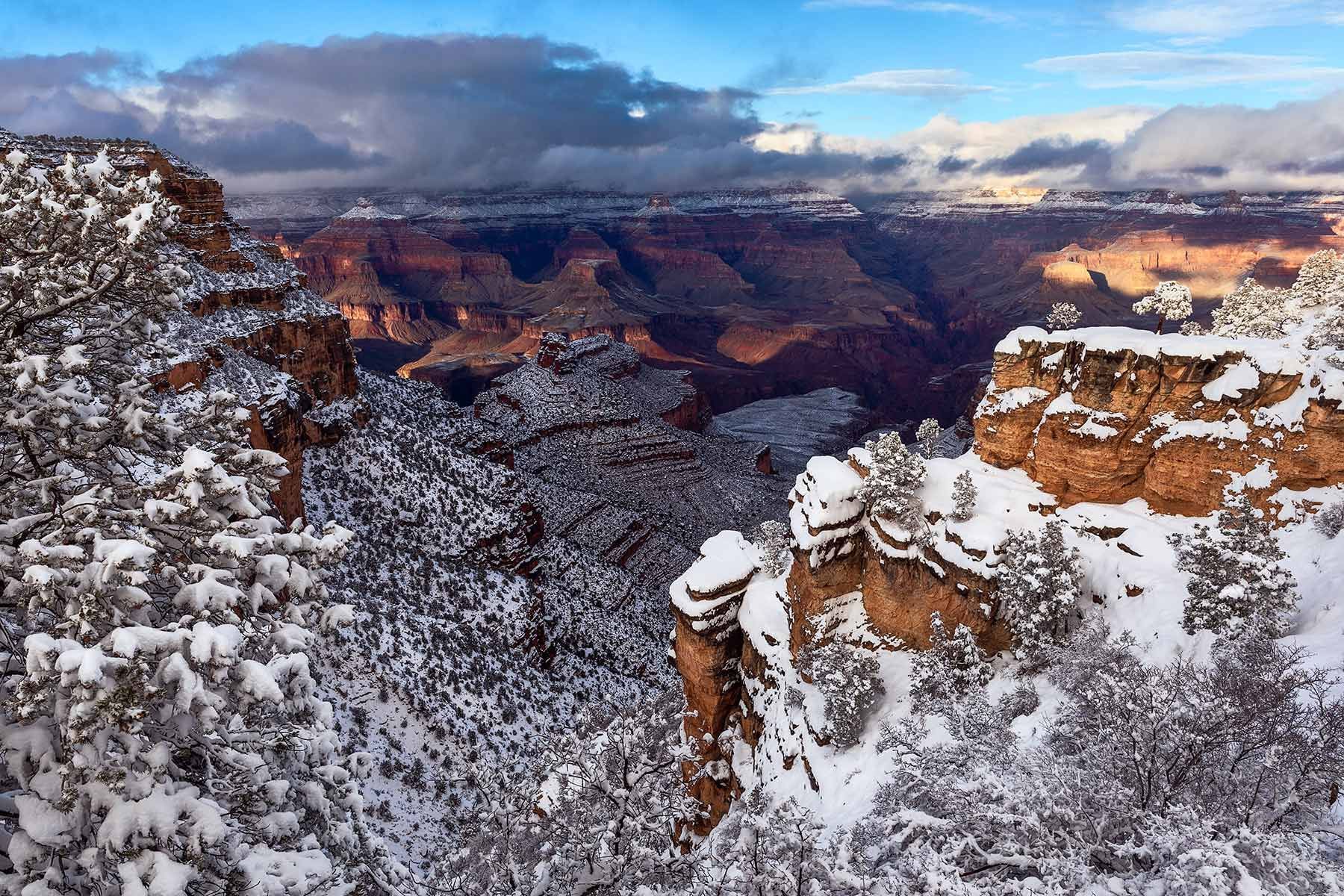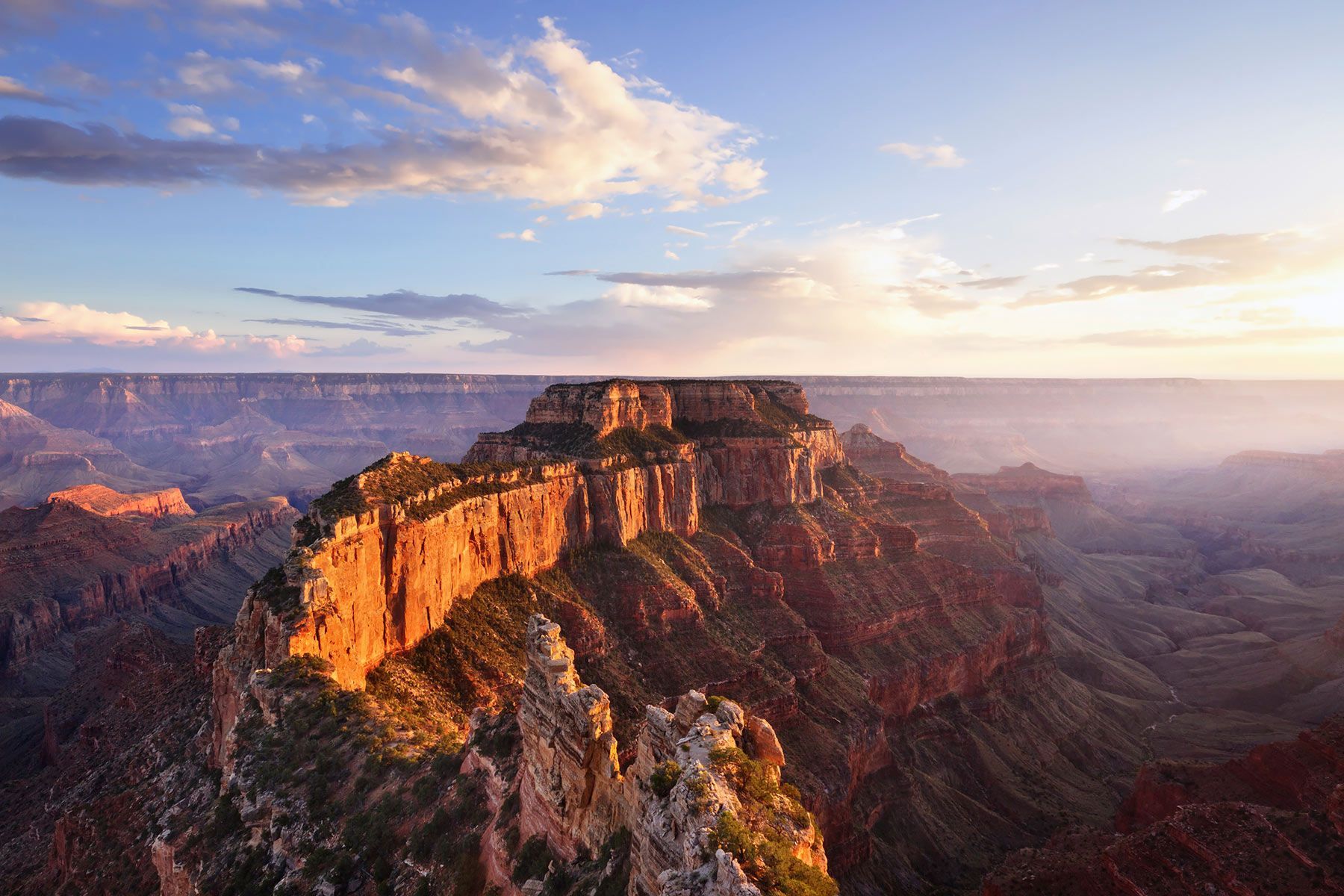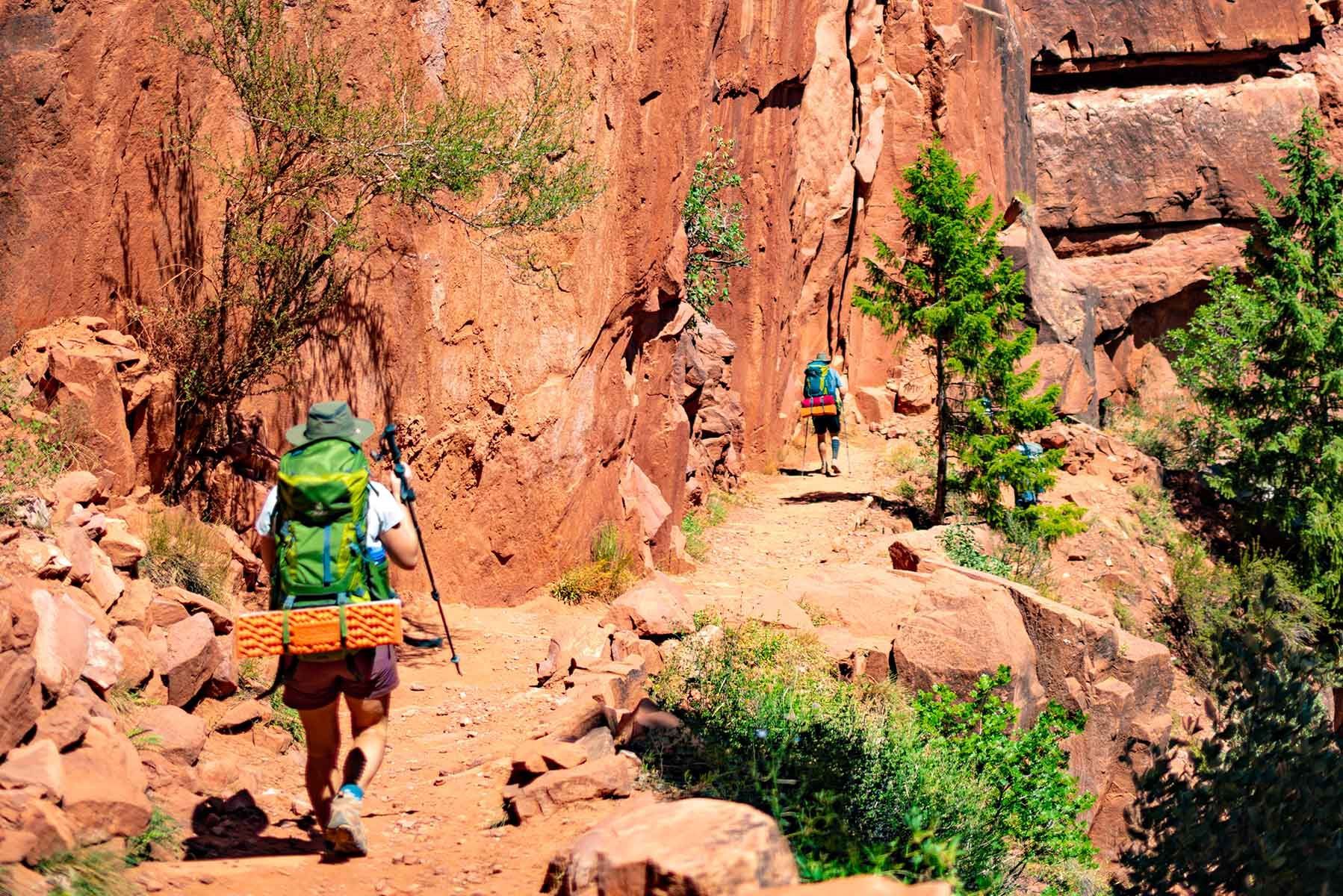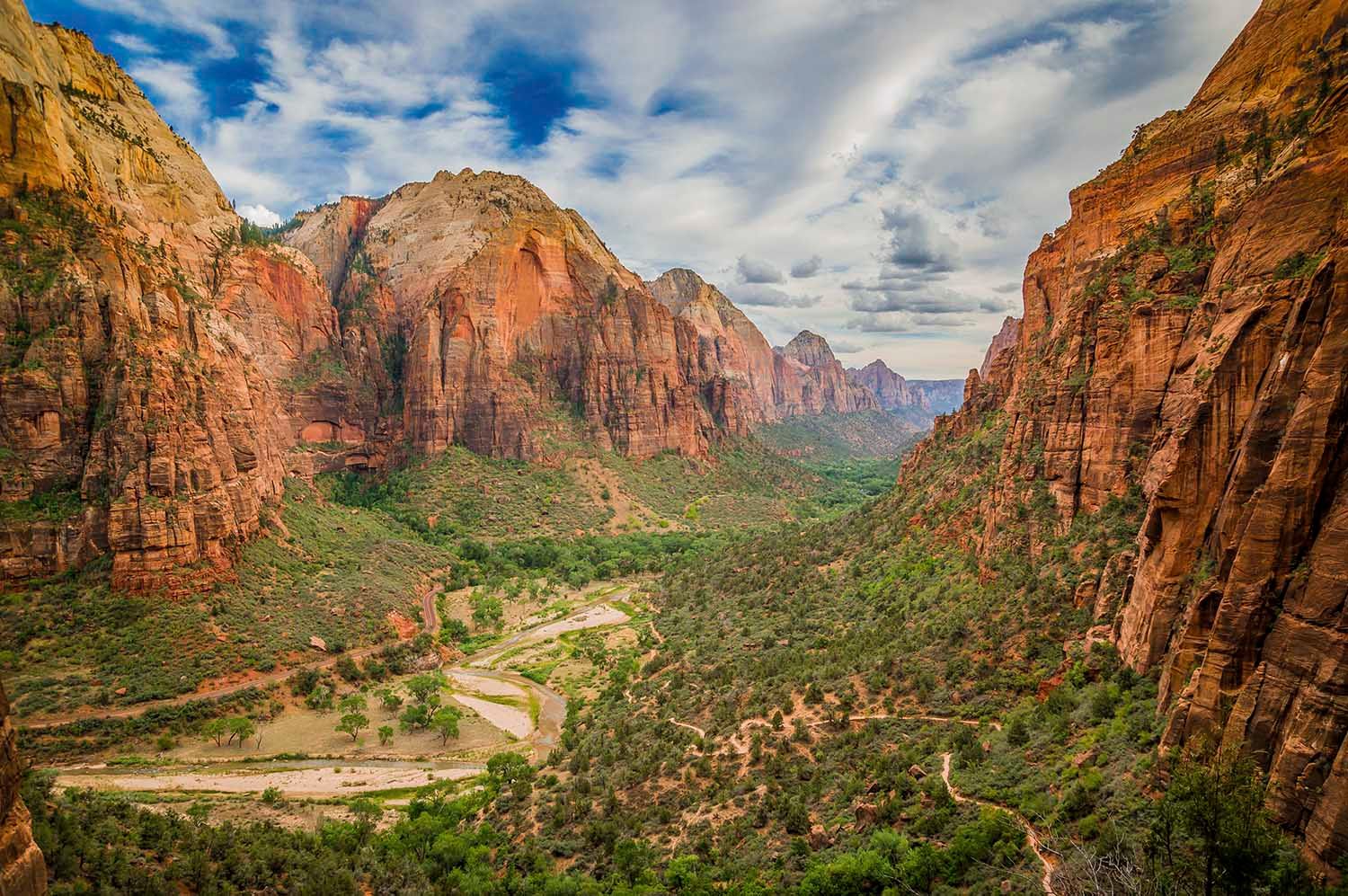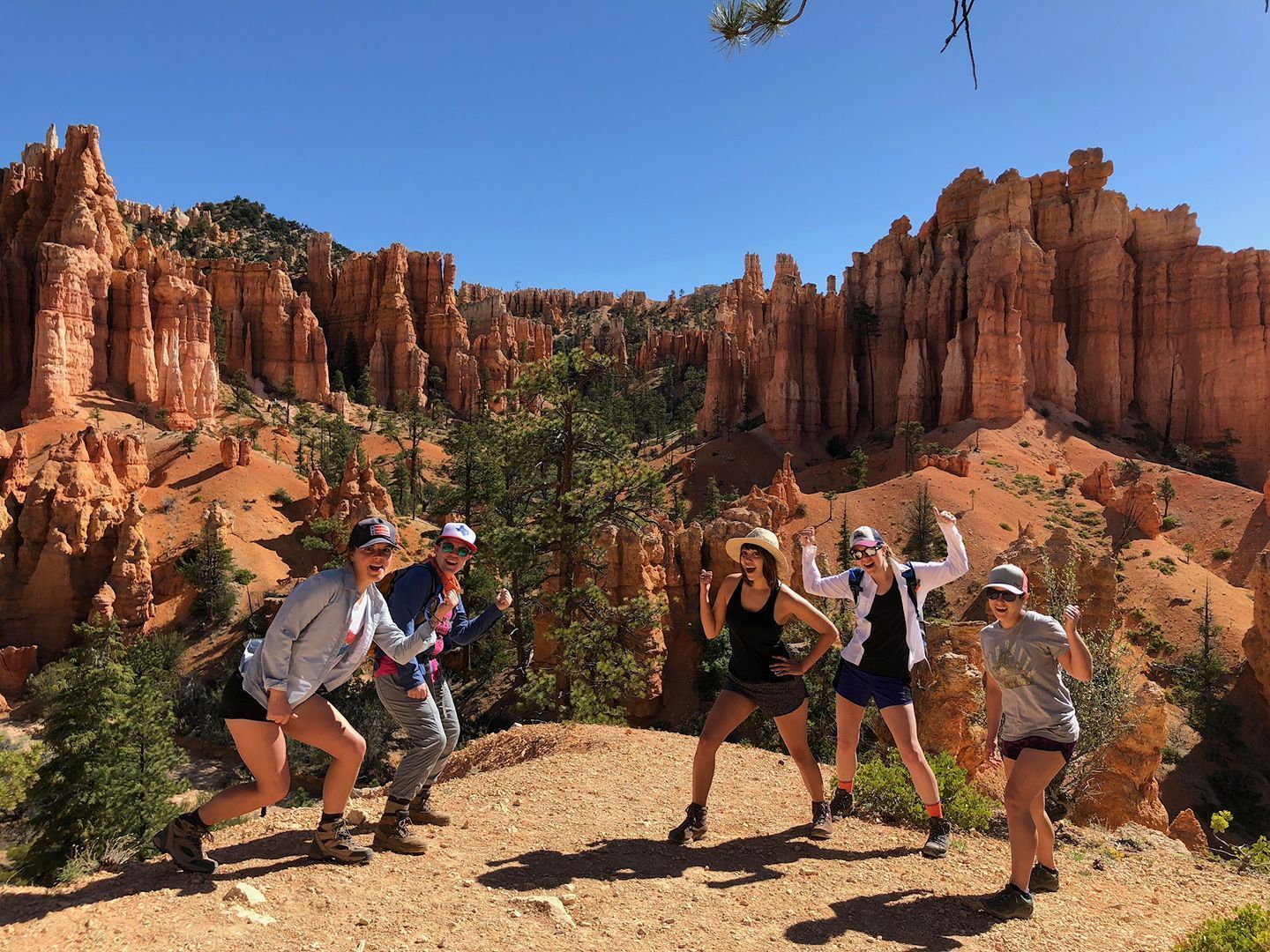A Guide to Preventing Top Hiking Injuries Before Hitting the Trail
Key Takeaways
- Break in your hiking boots early — Wearing new shoes for weeks before your trip helps prevent blisters, one of the most common hiking injuries, by reducing friction and pressure points.
- Pay attention to “hot spots” — If you feel any rubbing on your feet during a hike, stop immediately and apply moleskin or tape before it turns into a painful blister.
- Protect your skin from UV rays — Use SPF 30+ sunscreen and reapply regularly. Lightweight UV-protective clothing and hats can offer long-lasting sunburn prevention on long hikes.
- Avoid heat-related illnesses — Hike during cooler hours, rest in shaded areas, stay hydrated with water and electrolytes, and watch for early signs of heat exhaustion like dizziness or rapid heartbeat.
- Preparation prevents most injuries — Proper gear, planning, and even hiring an experienced hiking guide can greatly reduce the risk of common hiking injuries while enhancing your overall trail experience.
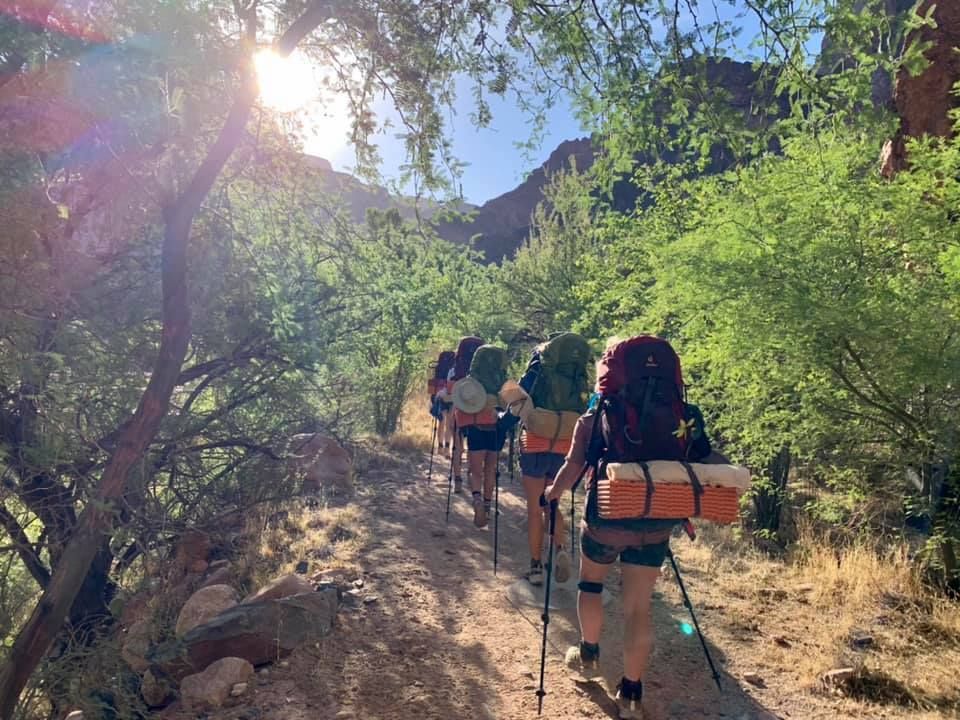
When we think of hiking or backpacking, we tend to daydream about the quiet solitude, the fresh air, the outstanding views, and the sense of adventure that can only be found in the great outdoors. Few of us think about the most common backpacking and hiking injuries. Although all injuries can’t be prevented, here are a few that may be prevented with the proper equipment and knowledge.
Blisters
Blisters develop when the skin experiences too much friction and fluid builds up under the uppermost layers of skin. The most common “hot spots” are on the bottoms of toes, between the toes, or on your heels. If not treated early, the upper layers of skin rupture and become red and painful. If left untreated, these wounds can become infected.
Blister Prevention
Break in those new hiking shoes months prior to your hike or backpacking adventure. Wear your new shoes or boots as much as possible: at work, running errands, around your house, or working in the yard. The more you wear them, the more your feet will feel comfortable within them.
Once you are out on the trail, pay close attention to your feet and try to detect any hot spots (areas inside your shoe that seem to be rubbing) as early as possible. If you notice a hot spot, take a break, inspect your barefoot, and consider applying some athletic tape, duct tape, or moleskin to the affected area…BEFORE it becomes a blister.
Sunburns
Everybody hopes for beautiful weather during their outdoor pursuits and this typically involves plenty of sunshine. However, sunburns are serious business and they can truly ruin your hiking or backpacking adventure. After all, while embarking on a multi-day backpacking trip, you will be exposed to the elements all day, every day. It is important to prevent sunburns before they occur.
Sunburn Prevention
The key to preventing sunburns is to create a barrier between the UV rays of the sun and your skin. A minimum 30SPF sunscreen is recommended and should be applied multiple times throughout the day. Waterproof or sweatproof sunscreen is also beneficial to keep the sunscreen where it needs to be, without it running off your skin and onto your clothing.
Many hikers or backpackers also choose UV protective shirts, pants, and hats. This additional barrier can prevent the sun from getting through otherwise standard lightweight t-shirts, tank tops, or shorts. UV-protective clothing is often extremely lightweight and comfortable as well and can be worn for years to come.
Heat-Related Illness
Heat illnesses occur when your body simply overheats. This can be due to dehydration, overexertion, too much sun, excessive heat, or a combination of all four factors. Heat illness typically progresses through stages from less severe to life-threatening: dehydration, heat exhaustion, and heatstroke.
Heat Illness Prevention
Limiting your exposure to hot temperatures is the first step. If the forecast calls for long, hot days, then plan to focus your hiking to the early morning and late afternoon hours. Rest and relax in the shade between 10 am and 4 pm. This is especially important when hiking in destinations like the Grand Canyon, where daytime heat can be intense.
Stay well-hydrated. It is often recommended that one drinks a minimum of one liter of water for every 1.5 hours of exertion. But listen to your body and drink regularly. If you find yourself overly thirsty, it’s time to stop (in the shade), relax, and drink water. Adding electrolyte supplements to your water can help as well.
Also, be aware of the way your body feels in the heat. When the body begins to overheat, you will notice symptoms such as impatience, lethargy, an increase in heart rate, or dizziness. If you feel any of these symptoms it’s important to get out of the sun, rest, nibble on some salty snacks, and drink water. Don’t continue hiking until the initial symptoms have abated. Heat exhaustion can rapidly progress to heat stroke if proper measures are not taken and heatstroke is a serious threat to life and very difficult to reverse in the backcountry.
Remember that the more prepared you are for your hike or backpacking trip, the better your experience will be. Also, hiring an Outfitter or a seasoned Guide can be preventative in itself. Guides who lead hiking or backpacking adventures are experienced in all types of weather conditions and all types of situations. They can provide invaluable advice and be great reminders for preventing hiking injuries.
Four Season Guides is an all-inclusive guided backpacking and hiking company located in Flagstaff, Arizona. Four Season Guides is guide-owned and operated and has been in business for over 20 years.
Frequently Asked Questions
Discover the best beginner backpacking trips in the American Southwest — from the Grand Canyon to Yosemite — and learn what to expect on your first guided adventure.
What makes the Southwest ideal for beginner backpackers?
The Southwest offers mild weather, well-marked trails, and diverse landscapes ranging from red rock canyons to alpine meadows. These conditions provide a safe and accessible introduction to backpacking while still delivering breathtaking scenery and a sense of adventure.
Which backpacking trip is best for beginners in the Grand Canyon?
The Havasupai Gardens trip along the Bright Angel Trail is perfect for first-timers. It offers manageable terrain, guided support, and stunning views of the Colorado River. The 9-mile round trip features comfortable campsites and opportunities to learn about the canyon’s geology and history.
Is Yosemite a good place for new backpackers?
Yes. Yosemite’s Tuolumne Meadows and Waterfalls route offers gentle trails through alpine meadows, lakes, and granite peaks. Guided trips handle permits, meals, and gear, allowing beginners to focus on exploring and enjoying the natural beauty without logistical stress.
What can I expect on a guided backpacking trip?
Guided trips include everything—expert guides, gear, meals, transportation, and permits. You’ll hike in small groups, learn about local nature and culture, and camp comfortably. The goal is to make your adventure safe, educational, and stress-free from start to finish.
How long should my first backpacking trip be?
For beginners, a 2–4 day trip is ideal. This length provides enough time to experience hiking, camping, and exploring without overexertion. Many guided adventures, like the Grand Canyon or Yosemite trips, are designed specifically for short, beginner-friendly itineraries.
What should I pack for a beginner backpacking trip?
Pack moisture-wicking clothing, sun protection, a hat, lightweight rain gear, and sturdy hiking shoes. Guided trips often provide tents, sleeping bags, and cooking supplies, so you can travel light and focus on essentials like hydration and comfort.
Are guided backpacking trips worth it for beginners?
Absolutely. Guided trips remove the stress of planning and ensure safety, proper pacing, and comfort. Professional guides handle logistics and teach outdoor skills, making them a great way to gain confidence before planning your own independent hikes.
What are some other beginner backpacking spots in the Southwest?
Zion National Park, Sedona, and Bryce Canyon all offer beginner-friendly routes. Trails like The Narrows or Sedona’s red rock loops combine moderate distances with stunning views, making them excellent options for new backpackers.
How can I prepare physically for my first backpacking trip?
Start by walking or hiking regularly on local trails to build stamina. Add light strength training and cardio a few weeks before your trip. Focus on gradual progress and consistency rather than speed—your goal is endurance, not competition.
What is “Leave No Trace,” and why is it important?
“Leave No Trace” means respecting nature by minimizing your impact—pack out all trash, stay on designated trails, and avoid disturbing wildlife. These simple principles help preserve the Southwest’s fragile ecosystems for future adventurers.
Why choose Four Season Guides for a beginner trip?
Four Season Guides brings over 20 years of experience leading safe, all-inclusive adventures. Their expert guides, gourmet backcountry meals, and personalized itineraries make backpacking accessible, educational, and unforgettable for first-time hikers.
Four Season Guides, 506 N Grant St suite o, Flagstaff, AZ 86004, United States
+19285251552
35.19653980, -111.62000560

